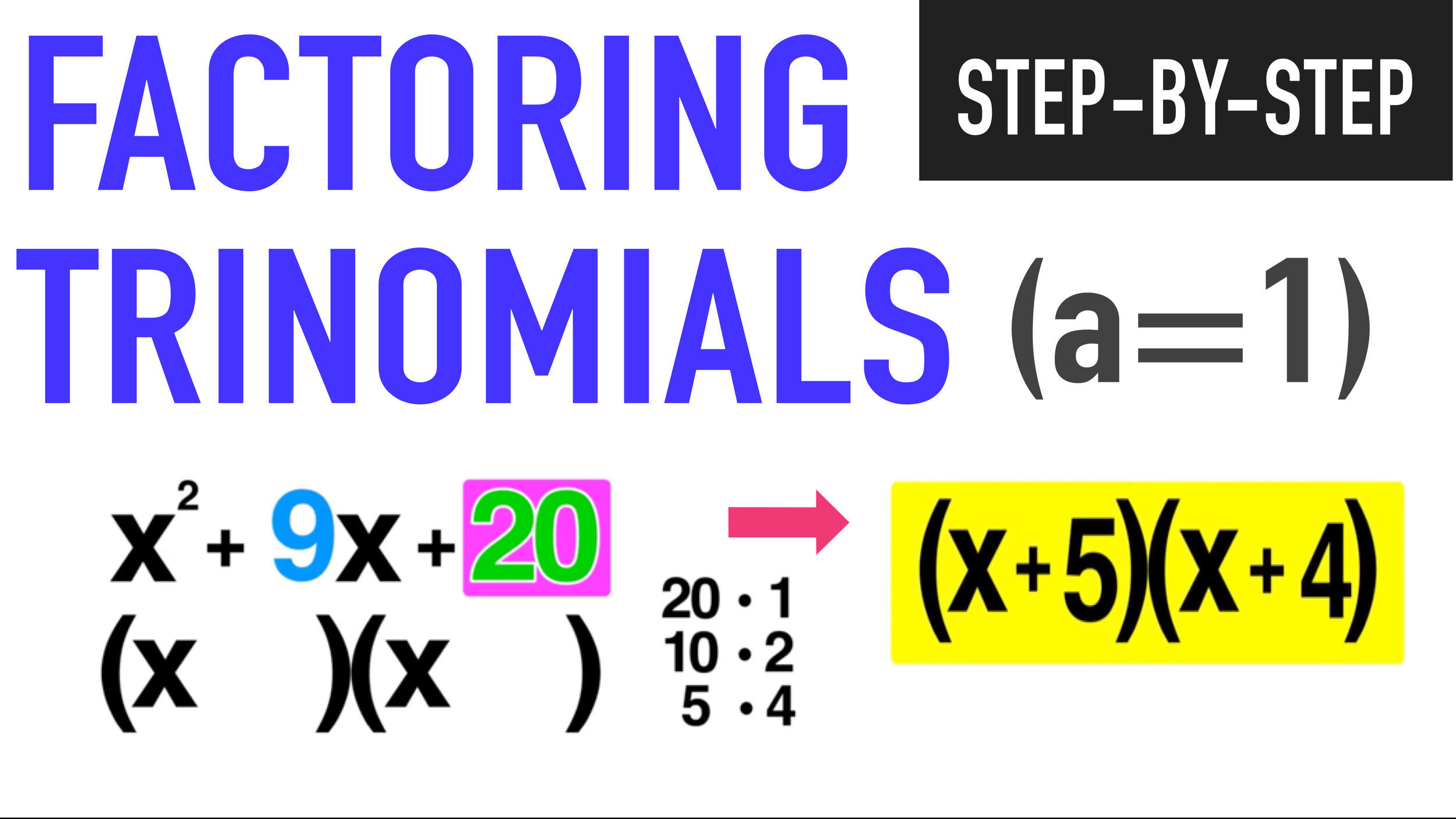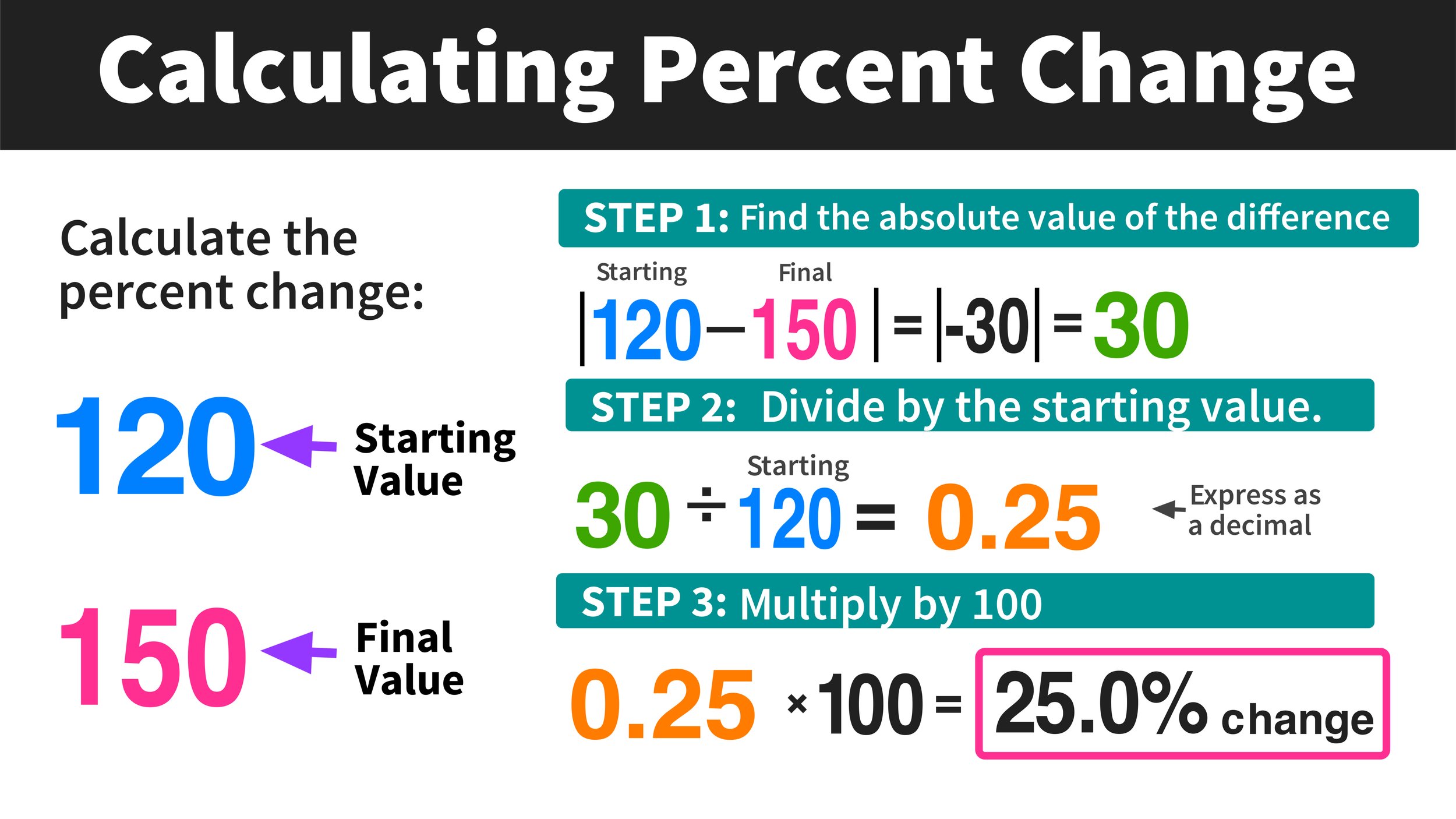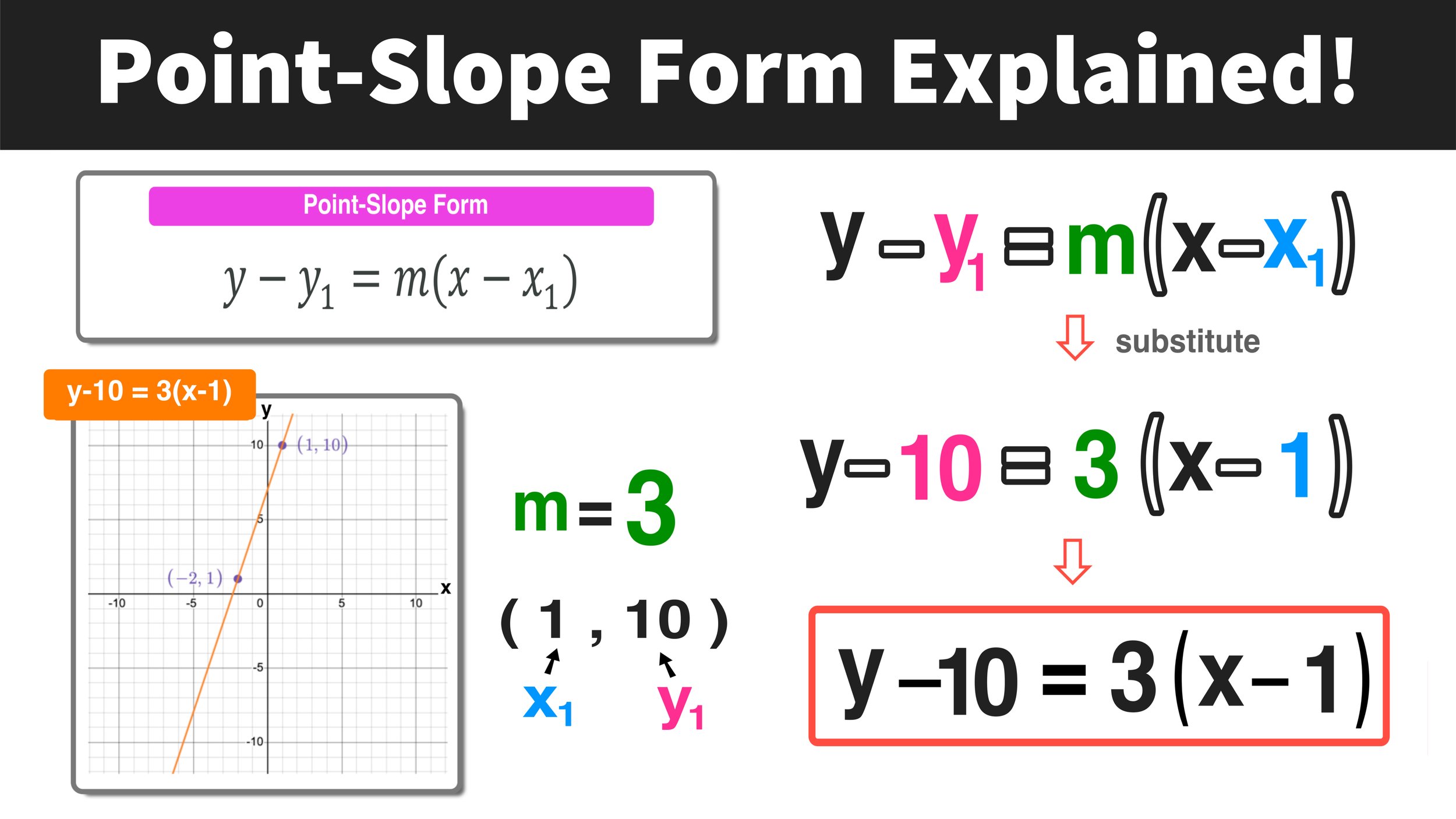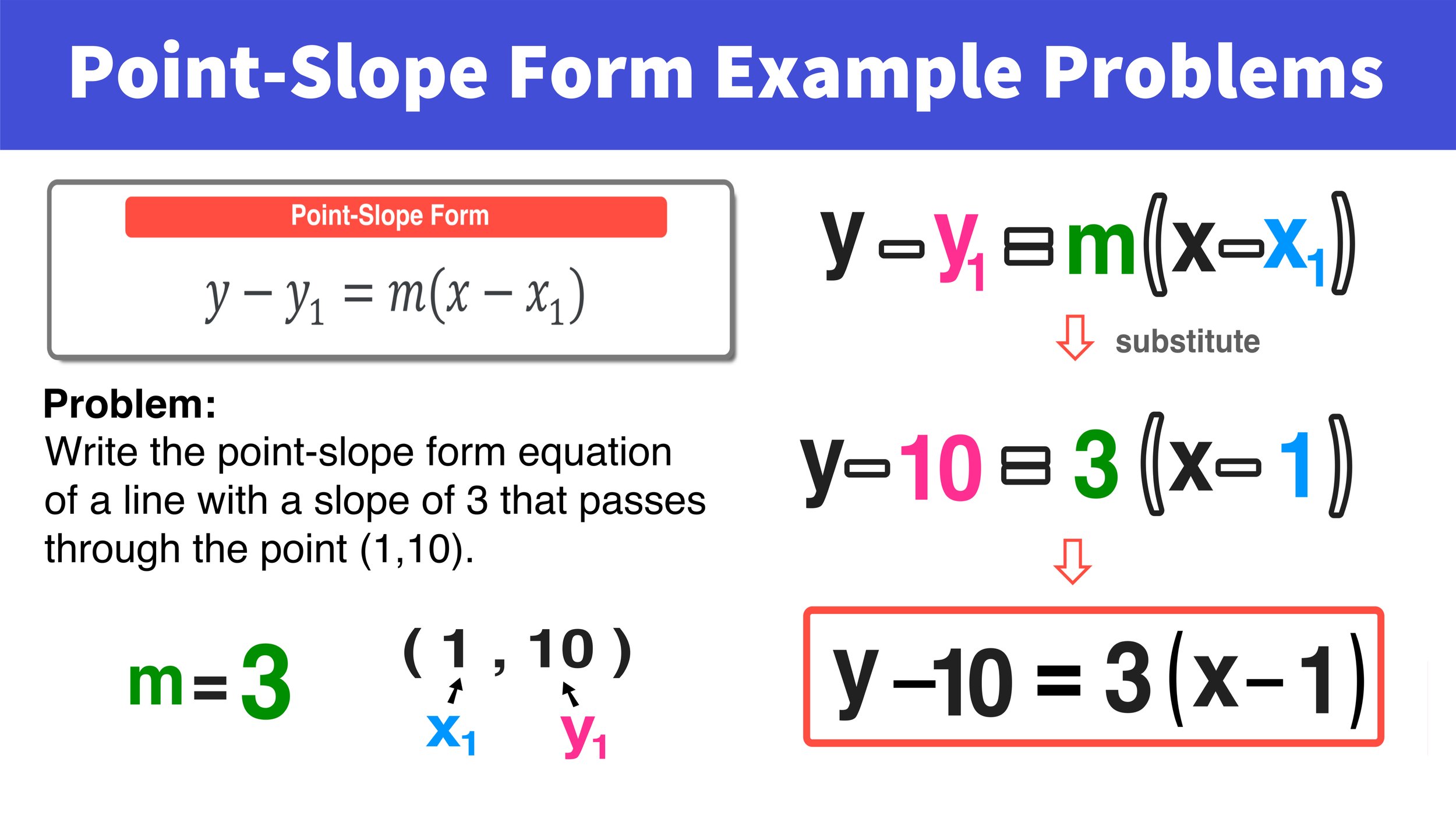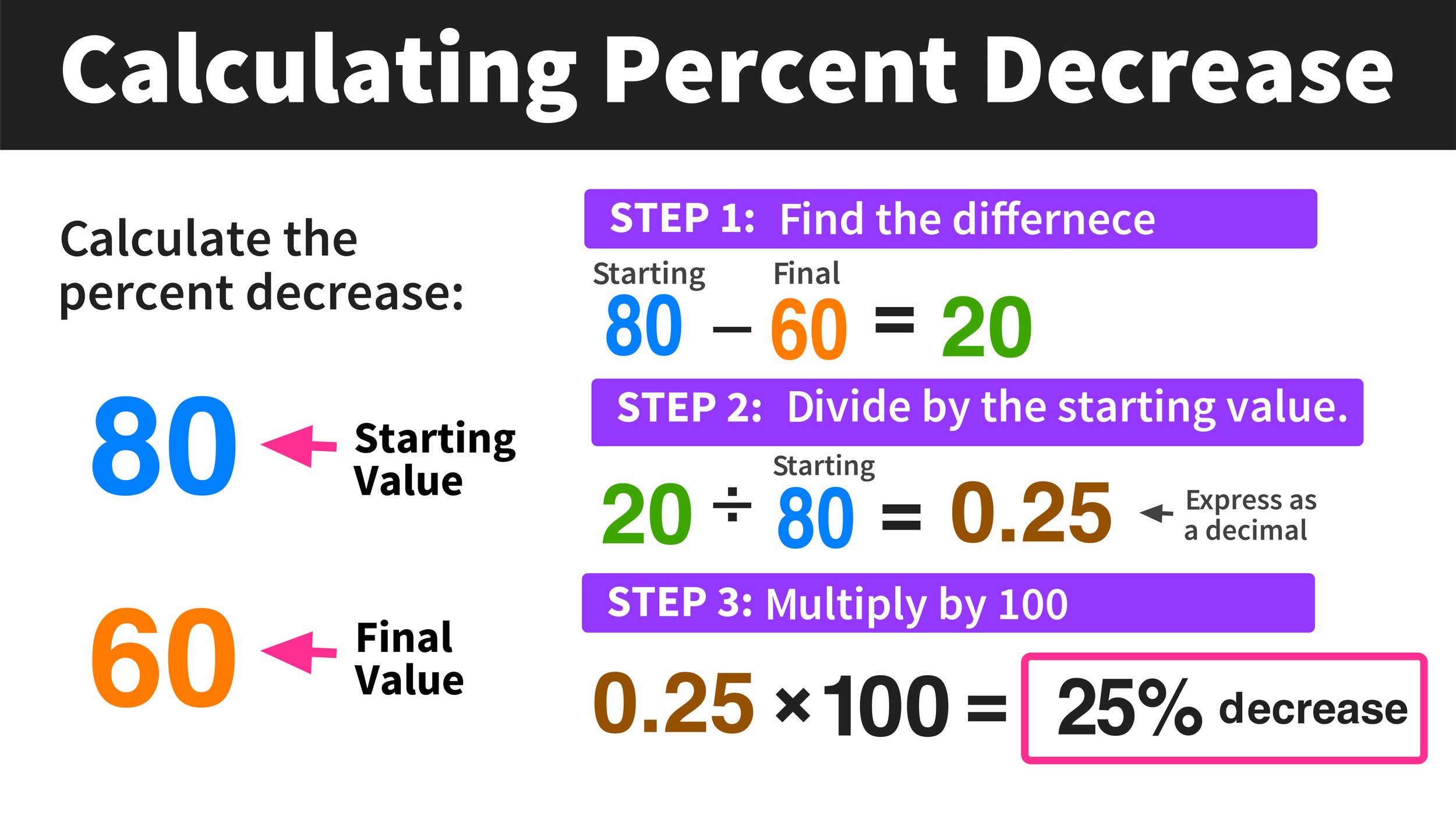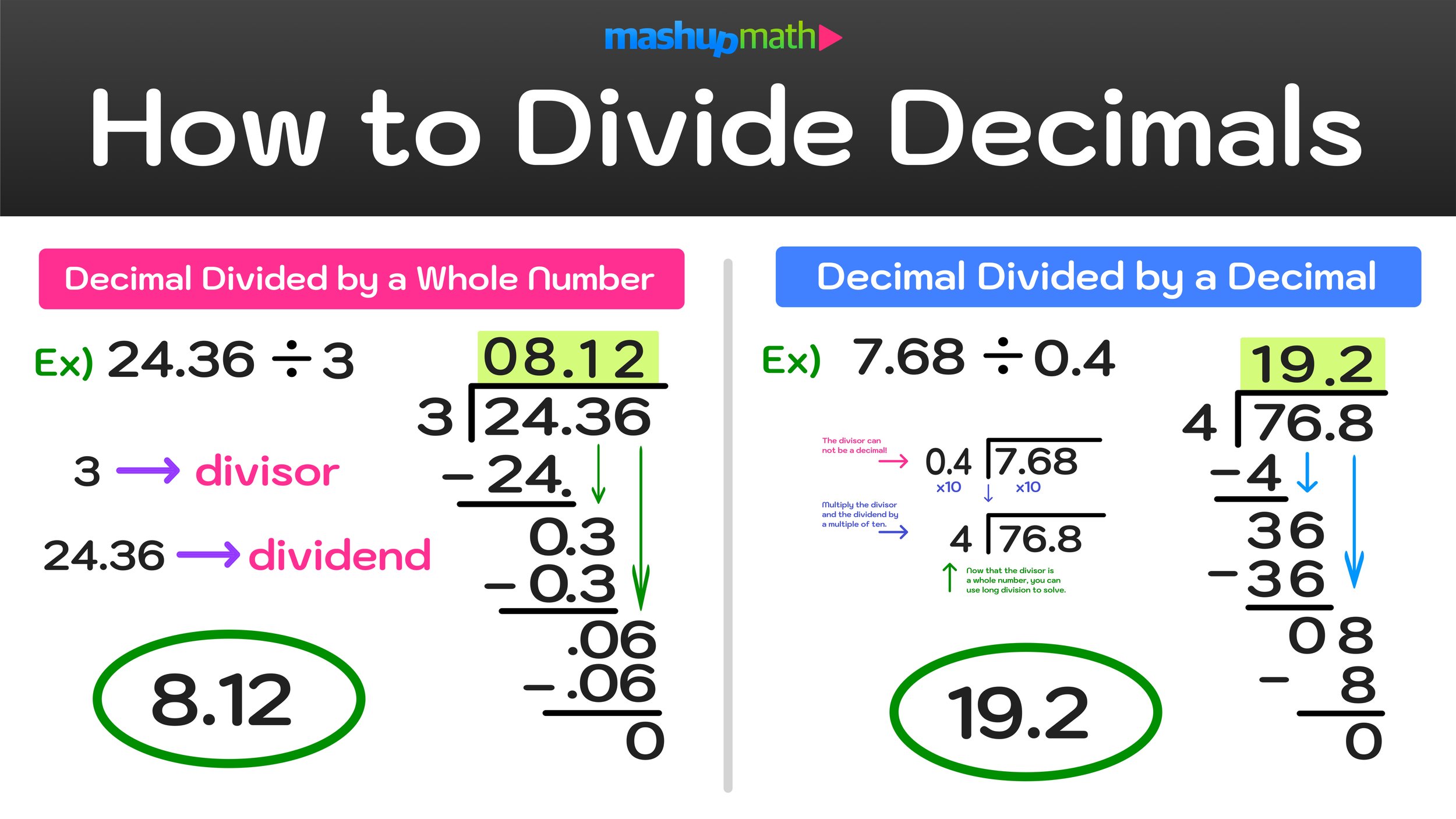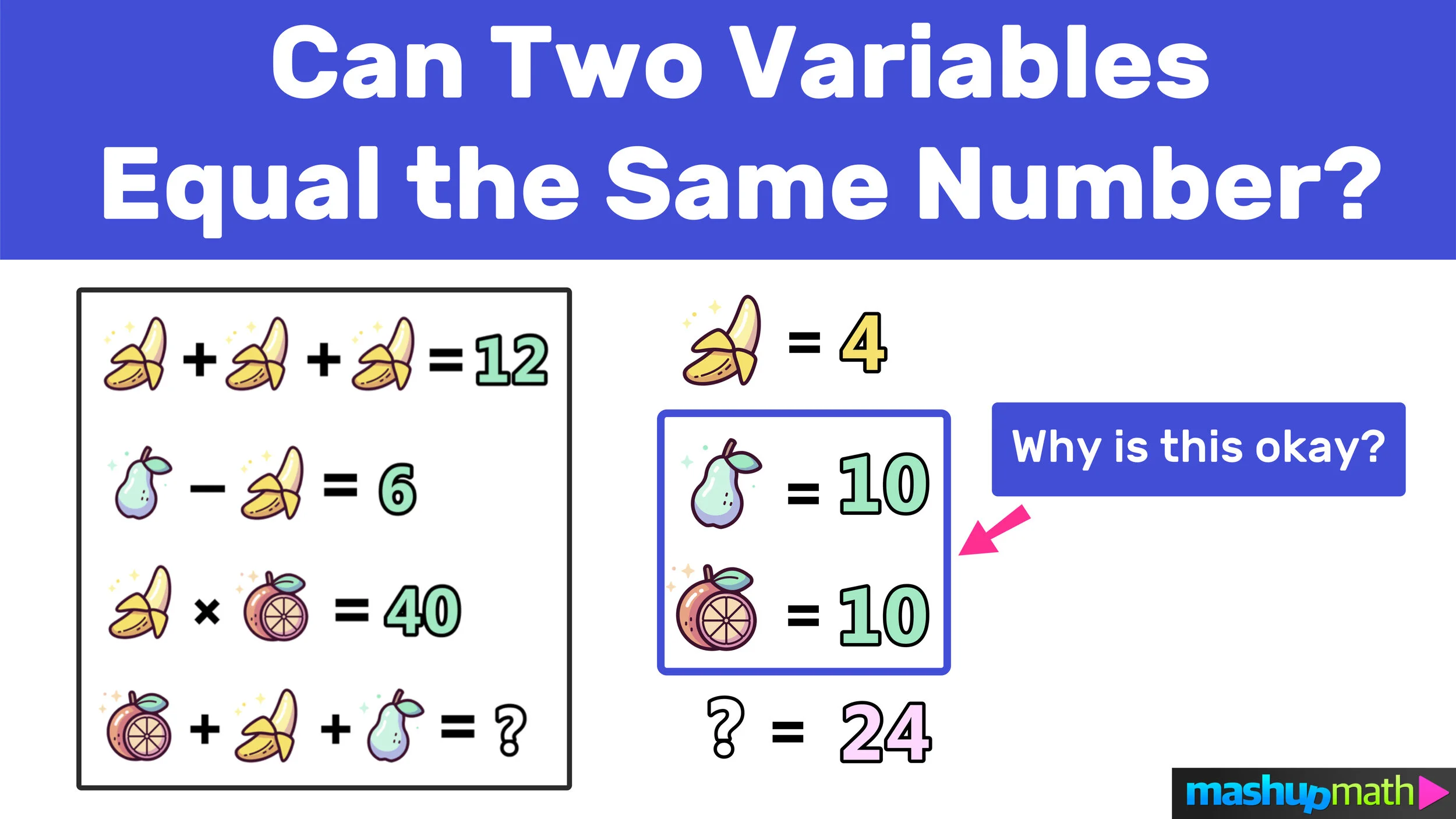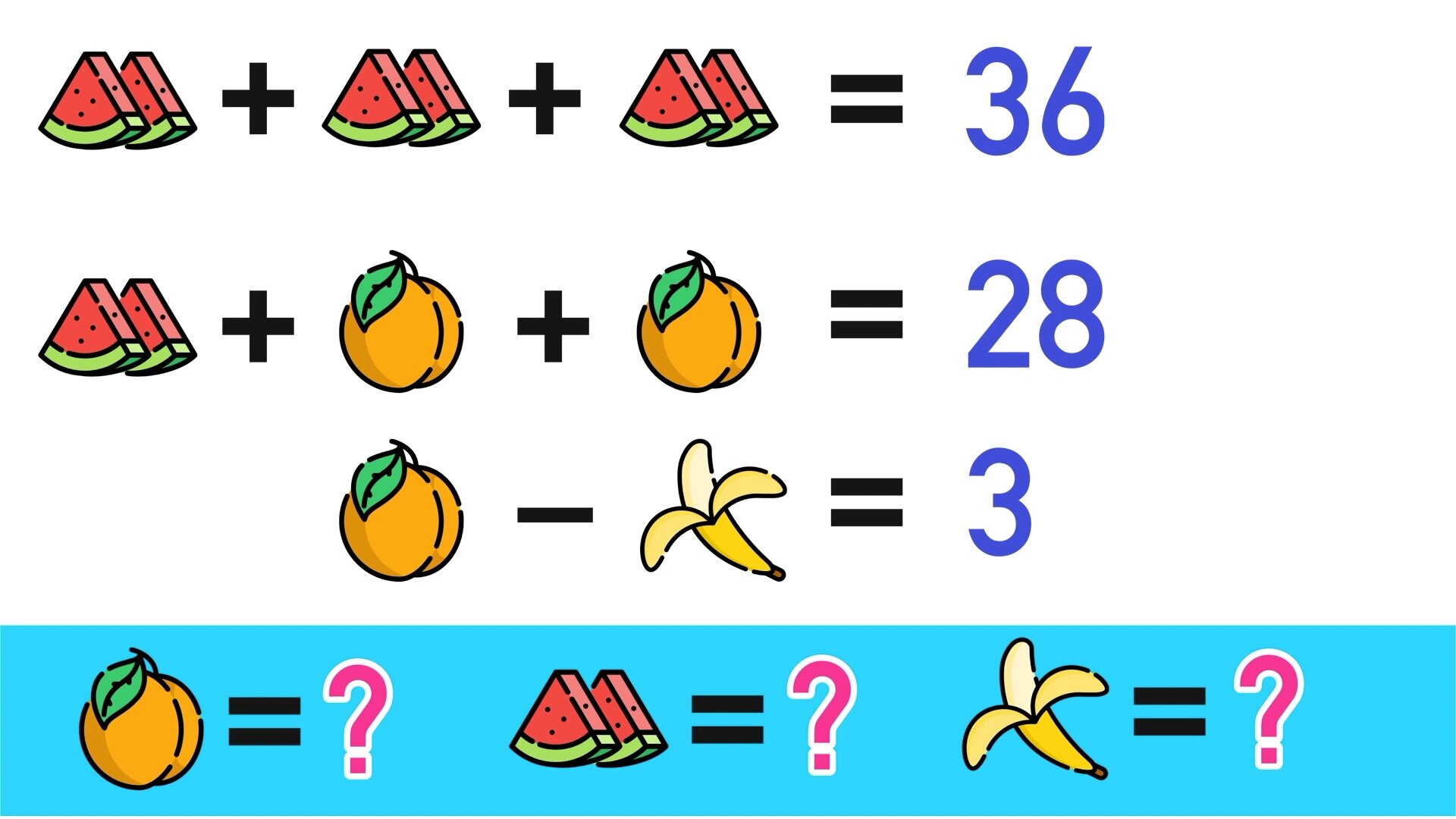How to Find Y Intercept with 2 Points
Step-by-Step Guide: How to Find y intercept with 2 points given to you
Understanding how to find the y-intercept of a line given 2 points (i.e. (x,y) coordinates) that the line passes through is an incredibly important and useful algebra skill that every student can easily learn with a little practice. In fact, knowing how to find the y intercept with 2 points given is a foundational skill that will help you to develop a stronger overall understanding of linear equations on the coordinate plane.
If you are an algebra student who is struggling with this key skill or an algebra teacher looking for a simple way to explain this topic in your classroom, this free step-by-step guide to finding y intercept with 2 points given shares everything you will ever need.
In the sections ahead, we will walk through all of the steps to finding the y intercept of a line with 2 points, including a recap of some key vocabulary as well as exactly how to solve any problem that gives you 2 coordinate points and asks you to find the y-intercept of a line. After working through different practice problems, you will have gained significant practice and experience with this key algebra skill.
While we recommend that you work through each section of this guide in order (the review section covers several important foundational skills and vocabulary terms related to linear functions), you can jump to any section by using the quick-links below. Ready to get started?
How to Find Y Intercept with 2 Points: Sections:
Figure 01: What is the Y-Intercept?
Quick Review: Lines and Y-Intercepts
Before we learn how to find y intercept with 2 points, let’s do a quick review of some key algebra terms and concepts related to linear functions.
For starters, it’s important to remember that linear equations can be expressed in slope-intercept form, also known as y = mx + b form, where:
slope-intercept form: y = mx + b
m is the slope
b is the y-intercept
For example, a line with the equation y = ⅓x + 4 has a slope of ⅓ and a y-intercept at 4.
What exactly is a y-intercept?
The y-intercept of a line is the coordinate point where the line crosses the y-axis. The y-intercept is always written as an (x,y) coordinate where x is 0.
So, the line y = ⅓x + 4 has a y-intercept at (0,4).
The image in Figure 01 above shows three different linear functions and their y-intercepts. Do you notice a pattern?
Knowing the coordinates of the y-intercept of a line is helpful because it tells you the starting point for graphing the line, and it also helps you to write the equation of the line in slope-intercept form, y=mx+b, where m is the slope of the line and b is the y-intercept.
Figure 02: Review: Slope-Intercept Form (y=mx+b)
So, whenever you are given two coordinate points that a line passes through, you have to figure out the values of m and b in order to determine the coordinates of the y-intercepts.
With these concepts in mind, let’s go ahead and try our first example problem of how to find y intercepts with 2 points.
Make sure that you know all of the perfect squares from 1 to 144 (as shown in Figure 01 above) before moving onto the next section.
While it is relatively easy to simplify a square root of a perfect square, it is more complicated to simplify a square root of a non-perfect square, which is what we will be focusing on in the next section, where, for example, we will look at finding the perfect squares of numbers like 18, 75, and 112.
How to Find Y Intercept with 2 Points
Now we are ready to try our first example where we will learn how to find y-intercept with 2 points given, and will solve them by following these 3 simple steps:
To find the y-intercept using two points, follow these steps:
Step 1: Use the Given Coordinates to Find the Slope of the Line
Step 2: Plug One point and Slope, m, into the Slope-Intercept Form Formula (y=mx+b)
Step 3: Solve for b and determine the y-intercept
Example A: Find the y intercept of the line passing through (2,5) and (4,9)
Example A: Find the y intercept of the line passing through (2,5) and (4,9).
For our first example, we are given two points and we are tasked with finding the y-intercept of the line that passes through them. We can use our 3-step strategy to solve this problem as follows:
Step 1: Use the Given Coordinates to Find the Slope of the Line
For this example, we are given the following coordinate points:
(2,5) and (4,9)
We can use the slope formula to calculate the slope of the line that passes through these points as follows:
m = (y₂ - y₁) / (x₂ - x₁)
m = (9-5) / (4-2) = 4/2 = 2
m=2
So, the line has a slope of 2.
Step 2: Plug One point and Slope, m, into the Slope-Intercept Form Formula (y=mx+b)
Now that we know that m=2, we can start to build the equation of this line in y=mx+b form as follows:
y = 2x + b
For the second step, we have to select one of the two (x,y) coordinates that was given to us, plug it into the slope-intercept form equation, and solve for b as follows:
Let’s choose the point (2,5), where x=2 and y=5
y = 2x + b
5 = 2 (2) + b
5 = 4 + b
1 = b → b = 1
We have now solved for b, and we can conclude that b=1.
Step 3: Solve for b and determine the y-intercept
Now that we know that b=1, we can write the y intercept as a coordinate point and finish the problem.
Remember that the y-intercept of a line is always written as an (x,y) coordinate where x is 0.
Final Answer: The line has an equation of y=2x + 1 and the y-intercept is at (0,1)
Figure 02 shows the step-by-step process for solving this first problem, and Figure 03 shows the graph of y=2x+1 (notice how the line passes through the two given points (2,5) and (4,9) as well as the y-intercept at (0,1).
Figure 02: How to Find Y Intercept with 2 Points (Step-by-Step)
Figure 03: The graph of y=2x+1
Now that we have solved our first how to find y intercept with 2 points problem, let’s apply what we have learned to another example.
Example B: Find y intercept with 2 points given: (-1,4) and (3,0)
Example B: Find the y intercept of the line passing through (-1,4) and (3,0).
Let’s go ahead and solve this next problem using the same steps as the previous example.
Step 1: Use the Given Coordinates to Find the Slope of the Line
For Example B, we know that the line passes through the points:
(-1,4) and (3,0)
Let’s plug these points into the slope formula to figure out the slope (m) of the line as follows:
m = (y₂ - y₁) / (x₂ - x₁)
m = (0-4) / (3-(-1)) = 4/4 = -1
m=-1
This line has a slope of —1.
Step 2: Plug One point and Slope, m, into the Slope-Intercept Form Formula (y=mx+b)
Now we can write the equation of the line in slope-intercept form where m=-1 as follows:
y = -1x + b
y= -x + b
Now, let’s take one of the two given points and plug it into the slope-intercept form equation to solve for b as follows:
Let’s choose the point (3,0), where x=3 and y=0
y = -x + b
0 = -(3) + b
0 = -3 + b
3 = b → b = 3
Therefore, we know that the y-intercept (b) is equal to 3.
Step 3: Solve for b and determine the y-intercept
Finally, we can take our result from Step 2 (b=3) and use it to write the y-intercept in coordinate form.
Final Answer: The line has an equation of y=-x + 3 and the y-intercept is at (0,3)
The entire process for solving this problem is shown in Figure 04 below, and the corresponding graph is shown in Figure 05.
Figure 04: How to find y-intercept with 2 points
Figure 05: The graph of y=-x+3.
Looking for Free Math Worksheets?
Download hundreds of free PDF Math Worksheets with complete answer keys.
More Free Math Resources:
















